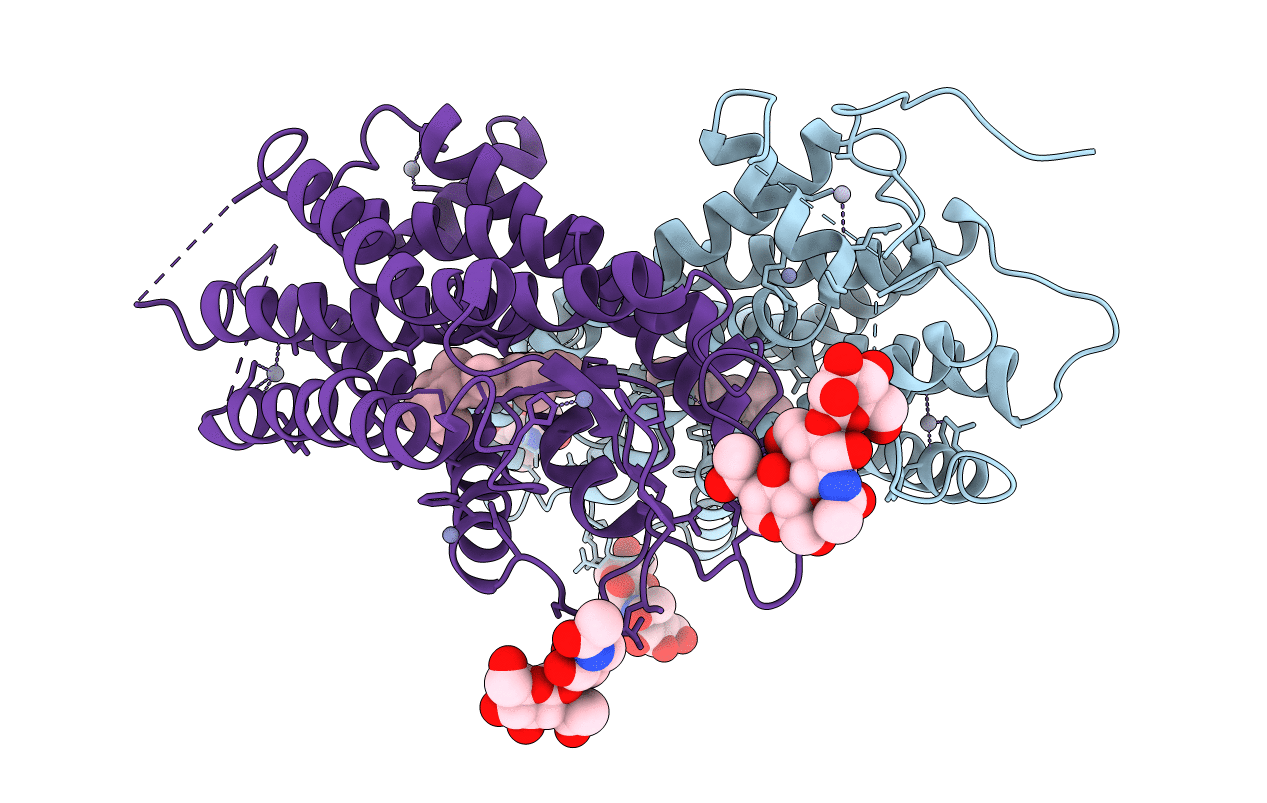
Deposition Date
2000-06-29
Release Date
2000-08-04
Last Version Date
2024-10-30
Method Details:
Experimental Method:
Resolution:
2.80 Å
R-Value Free:
0.23
R-Value Work:
0.18
Space Group:
P 41


